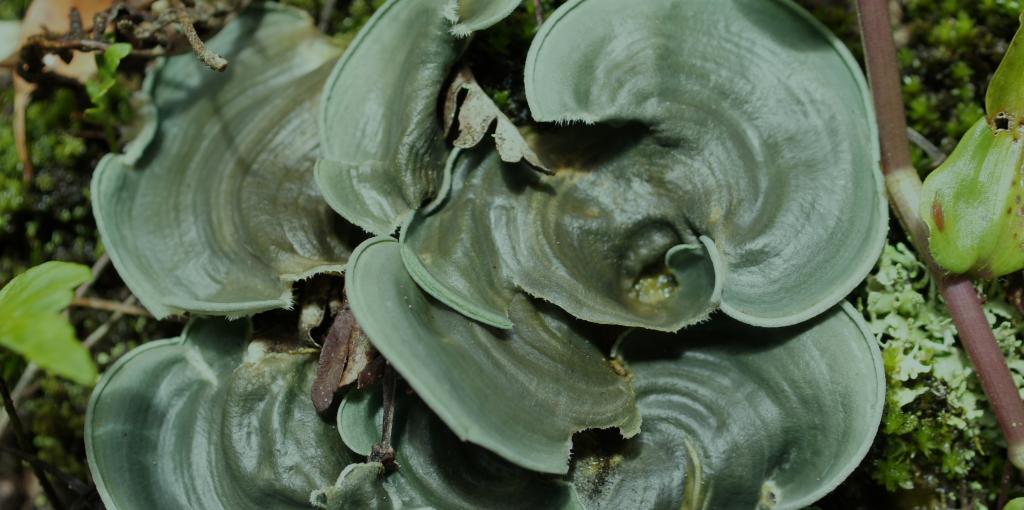Admission CTAs
Dr. Esther Peters sheds some light on Seagrass ecosystems and their impact on coral health
Associate professor Esther Peters was recently asked to comment on the recent Science article “Seagrass ecosystems reduce exposure to bacterial pathogens of humans, fishes, and invertebrates” (Science, February 2017) which explores Seagrass ecosystems. Below is the transcript of the Q&A between Dr. Peters and Jason Bittel, who covered the original article for Nature with “Ocean meadows scrub seawater of harmful bacteria” (Nature, February 2017).
JB: What’s your most preferred title? Marine biologist? Etc. [sic]
EP: Marine biologist is what most people might understand so that is fine; my expertise also covers pathobiology, aquatic toxicology, and comparative histopathology.
JB: As someone who studies coral diseases, does it surprise you that the researchers should find evidence that seagrasses filter or scrub the water of bacteria, with seemingly large impacts on coral health? Similarly, do you find the study’s methods to be sound/convincing?
EP: It was a bit surprising, but their methods are sound and indicate that seagrass meadows, perhaps by releasing phytochemicals, can kill bacterial pathogens. This study targeted microorganisms that have been shown to affect the health of diverse reef organisms and humans. The reductions in these microorganisms, along with other valuable services of the seagrass community, such as reducing sedimentation, absorbing nutrients, and providing habitat for other species, could definitely have positive impacts on coral health.
JB: Can you talk a bit about how this research adds to what we know about the importance of seagrass to the ecosystems they inhabit and the ways they interact with coral?
EP: I think this research is a huge contribution to helping us understand the demise of coral reefs occurring in many locations. I did not have any idea that the seagrasses could be so important to the corals by reducing potential bacterial pathogens. We know, on the other hand, that marine algae release organic carbon that supports bacteria, which increases with increasing nutrient loading and loss of herbivores. Seagrass health in coastal areas may be threatened when algae grow on their blades, reducing their photosynthetic productivity and phytochemical diffusion, as well as by turbidity and sedimentation reducing light levels that support the seagrasses and boating activity that digs up the plants. We have been concerned about the loss of seagrasses for their value to coral reef fish production, but this study shows much broader implications for interactions with coral reef ecosystems and maintaining the water quality that corals need.
JB: Finally, can you give me a good quote about the state of coral right now and how/if this research may help us save it?
EP: Coral health varies with location and conditions, of course, but in many areas it is fragile and susceptible to microbial diseases, leading to a cascade of adverse effects on other reef organisms. I remember seeing wild staghorn (Acropora cervicornis) colonies at patch reefs off the upper Florida Keys that had a lot of turtle grass (Thallasia testudinum) growing next to them. They were not affected by tissue loss disease when the same species in coral nurseries and on reefs were affected (at least that year). Higher species diversity is known to protect the health of organisms in ecosytems. Maybe planting seagrasses can improve the success of coral restoration efforts, so this relationship and the role of antimicrobial phytochemicals needs to be further explored globally.
